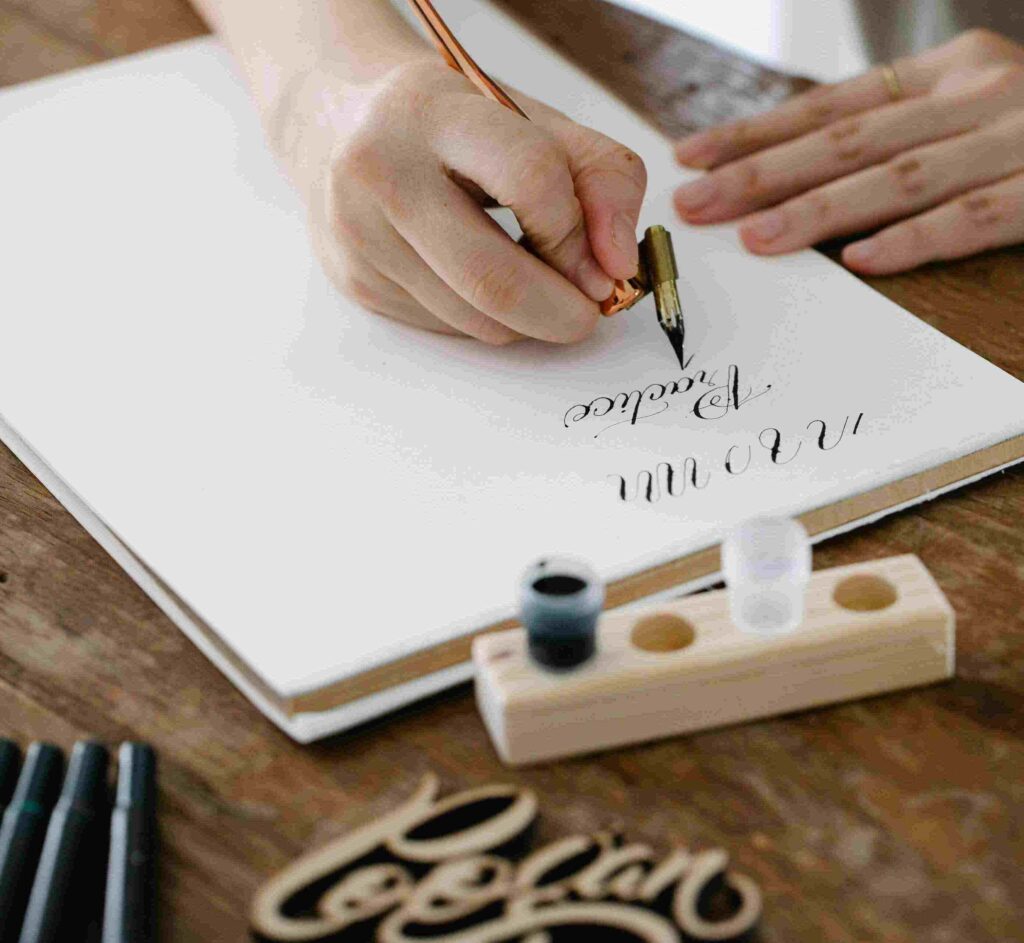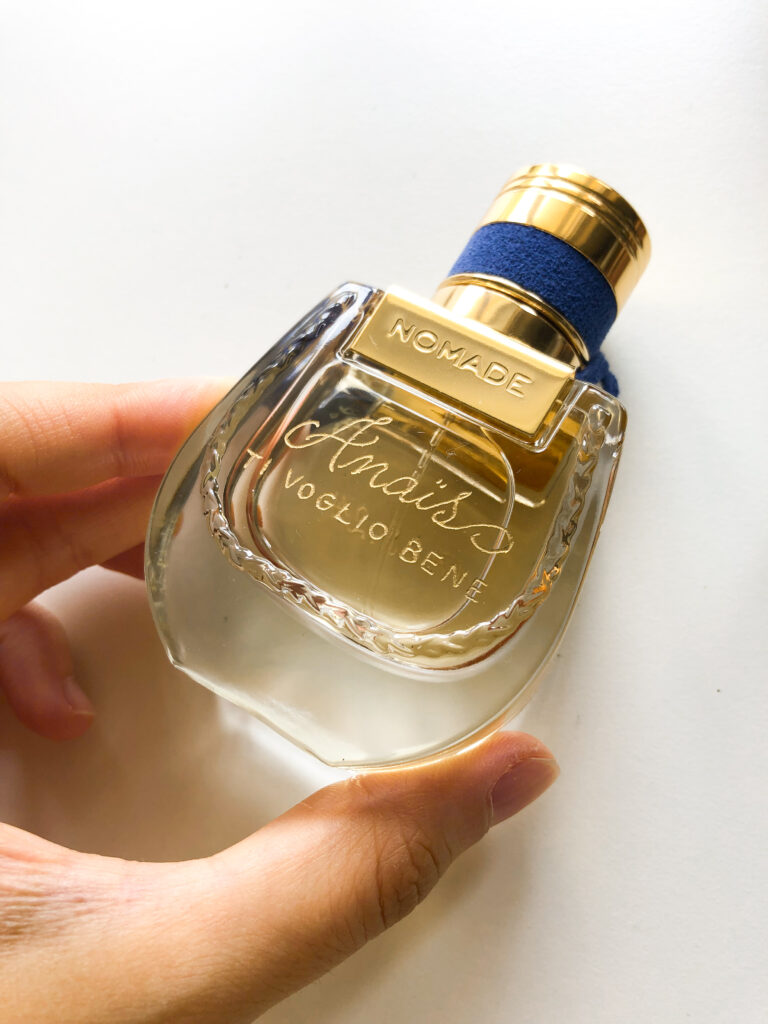Calligraphy: The Timeless Art of Elegant Writing
Calligraphy is more than just the art of writing—it is an expressive form that has transcended centuries, capturing the essence of elegance and refinement. Whether found in ancient manuscripts, wedding invitations, or modern artistic creations, calligraphy continues to enchant with its timeless charm.

The History of Calligraphy: A Rich Heritage
Calligraphy dates back thousands of years. Ancient civilizations such as the Egyptians, Chinese, Arabs, and Western cultures developed unique handwritten styles. During medieval Europe, monks perfected the art of illuminated manuscripts, creating stunning works that combined precision and aesthetics.
Despite today’s digital age, calligraphy remains a sought-after art form, valued for its beauty and the emotions it conveys.
Why Does Calligraphy Continue to Fascinate?
- A Personal Form of Art
- Every calligrapher develops a unique style, making each piece truly one of a kind.
- An Element of Elegance and Sophistication
- From wedding invitations to official certificates, calligraphy adds a touch of prestige.
- A Relaxing and Meditative Practice
- The careful movement of the pen and ink promotes focus and well-being.
- A Connection to History and Tradition
- Learning calligraphy means immersing yourself in a rich and fascinating cultural heritage.
Different Styles of Calligraphy
Western Calligraphy
Using Latin alphabets, this style includes famous scripts such as Gothic, English script, and Copperplate.
Arabic Calligraphy
Characterized by flowing curves and artistic motifs, it is widely used in Islamic art.
Chinese and Japanese Calligraphy
Focused on brush-painted characters, these styles create a harmony between writing and emotion.
How to Learn Calligraphy: Where to Start?
- Choose the Right Materials
- Essential tools include nibs, ink, paper, and calligraphy guides.
- Practice the Basics
- Master fundamental strokes before forming complete words.
- Follow Courses or Tutorials
- Numerous online resources allow you to learn at your own pace.
- Develop Your Own Style
- Over time, each calligrapher refines their artistic identity.
Modern Applications of Calligraphy
Today, calligraphy is found everywhere:
- Weddings & Events: Invitations, menus, and personalized place cards.
- Interior Decor: Framed quotes, wall art, and decorative lettering.
- Branding & Design: High-end logos and packaging.
- Artistic Tattoos: Elegant typography for personal messages.
Why Invest in Professional Calligraphy Services?
Hiring a professional calligrapher ensures a unique and customized creation tailored to your needs. Every stroke is crafted with care, resulting in an authentic and timeless masterpiece.
Explore More About Calligraphy
For more information, visit our Home Page, browse our Shop for calligraphy-related products, or check out our Blog for more insights and inspiration.
Conclusion
Calligraphy is more than just handwriting—it is an art that conveys emotion, beauty, and tradition. Whether you’re an art enthusiast, searching for a unique gift, or eager to learn a new skill, calligraphy opens the door to endless creative possibilities.
So why not rediscover this fascinating art form and let your creativity shine through the elegance of lettering?


